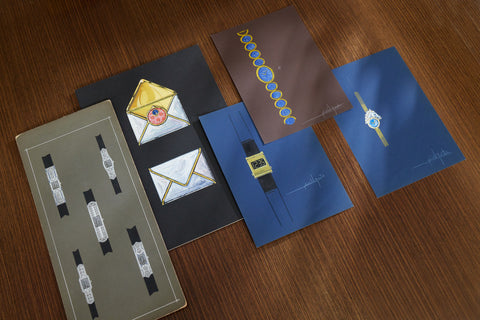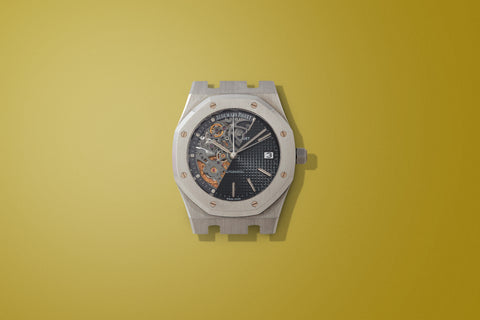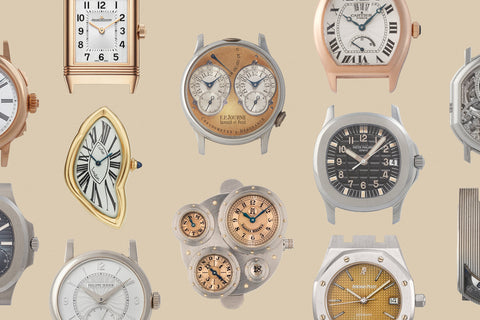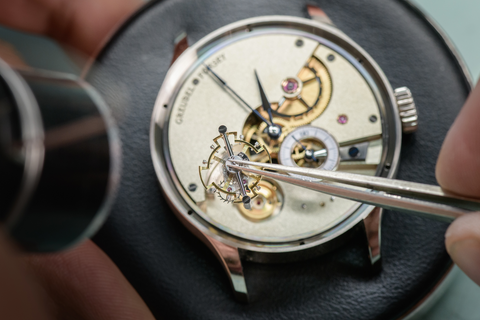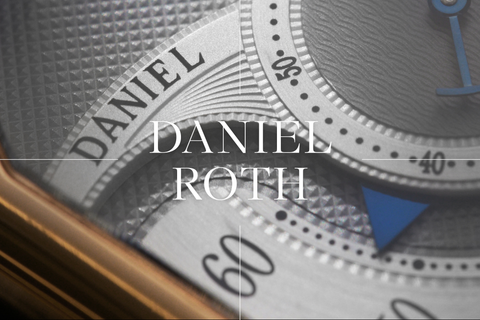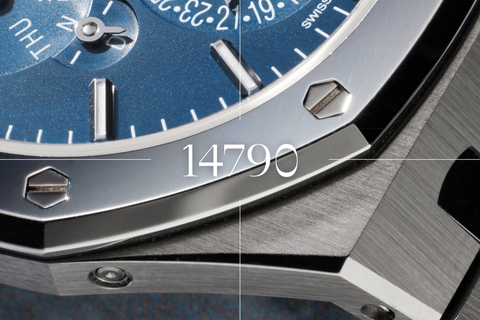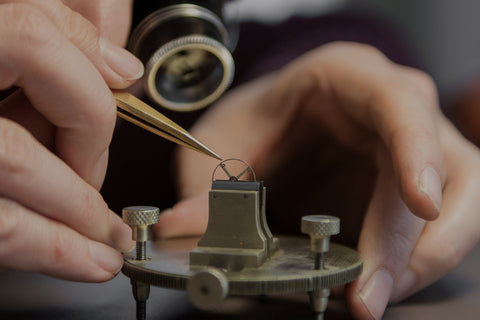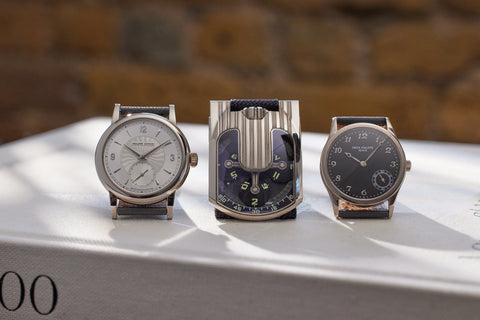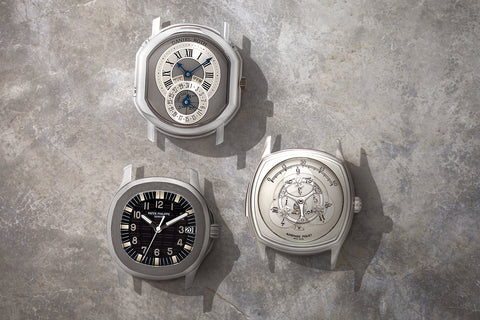Coming of age in La Chaux-de-Fonds, the heart of the watchmaking industry in Switzerland, Franck Muller attended the Watchmaking School of Geneva starting from the age of 15. This paved the way for a career that began with restoring watches for collectors and auction houses, each project furthering his reputation for mastery of complicated pieces, something that he would continue to be known for throughout his career. Later, he went on to restore watches in the Patek Philippe Collection, many of which are still on display at the brand’s museum today.
In 1984, at a time when tourbillons weren’t in favour, and certainly weren’t to be found in wristwatches, Muller designed his first tourbillon piece. In fact, although more watchmakers started including the device in their wristwatches in subsequent years, Muller would still be able to lay claim to the first-ever exposed, dial-side tourbillon watch. Years later, when he founded his eponymous independent brand, he called himself the "Master of Complications".
This Répétition Minute, one of the independent’s earliest pieces, certainly lives up to this sentiment. Dated to 1993, and bearing the number 01, this piece is significant for a number of reasons. It came at a time when minute repeaters were still very much the exclusive purview of the established heritage Swiss brands. For a recent independent, when the concept of such artisanal watchmaking itself was entirely new, to attempt such a complication was certainly a bold move, and a signal of intent. Even within the exceedingly small group of minute repeaters Muller created on special request, this one is particularly important – it was one of the first he ever finished.
While Muller’s watchmaking is often characterised by his use of tonneau cases and experimental dials, this Répétition Minute is thoroughly classical in its execution. The 35mm, round, high-polished platinum case is a refined take on stepped case designs. While the crown is on the right-hand side, on the left, built into the mid-case is a slider that sets the minute repeater complication in motion, resulting in a series of distinctive and harmonious chimes that signal the passage of time. The rounded bezel rises up to meet the sapphire crystal, closely mirroring the design of the display caseback. On the back “N. 01” is engraved in elegant calligraphy. The lugs while appearing straight when viewed head-on, reveal a much more sculpted shape when seen in profile. They feature screwed-in lug bars.
The beautifully finished calibre, based on an ébauche, is visible through sapphire crystal caseback. The manual-wind movement features 32 jewels and is adjusted to eight positions. It is hand-finished, with precise and even hand-beveling along the edge of the bridges. The brand mark is etched in gold.
The silver dial is classical, with a darker, engine-turned outer chapter with applied Roman numerals, heat-treated to a dark blue. The spade-style hour hand, as well as those that indicate the minutes, seconds and hand indicating the remaining autonomy of the minute repeater, have been similarly treated. Inside the chapter, is a white dial. A subsidiary register at 9 o’clock mirrors the appearance of the dial, as does the register at 3 o’clock that bears the words “Répétition Minute”. In the lower half of the dial is an irregularly shaped register that displays the minute repeating reserve.
The watch comes on a crocodile strap with a white gold tang buckle from Franck Muller. When similar examples have come up for sale on rare occasions, they have worn serial numbers under five, indicative of the very small batch this historically significant piece is a part of.
If sold within the United Kingdom, this Franck Muller Répétition Minute will be subject to 20% VAT






